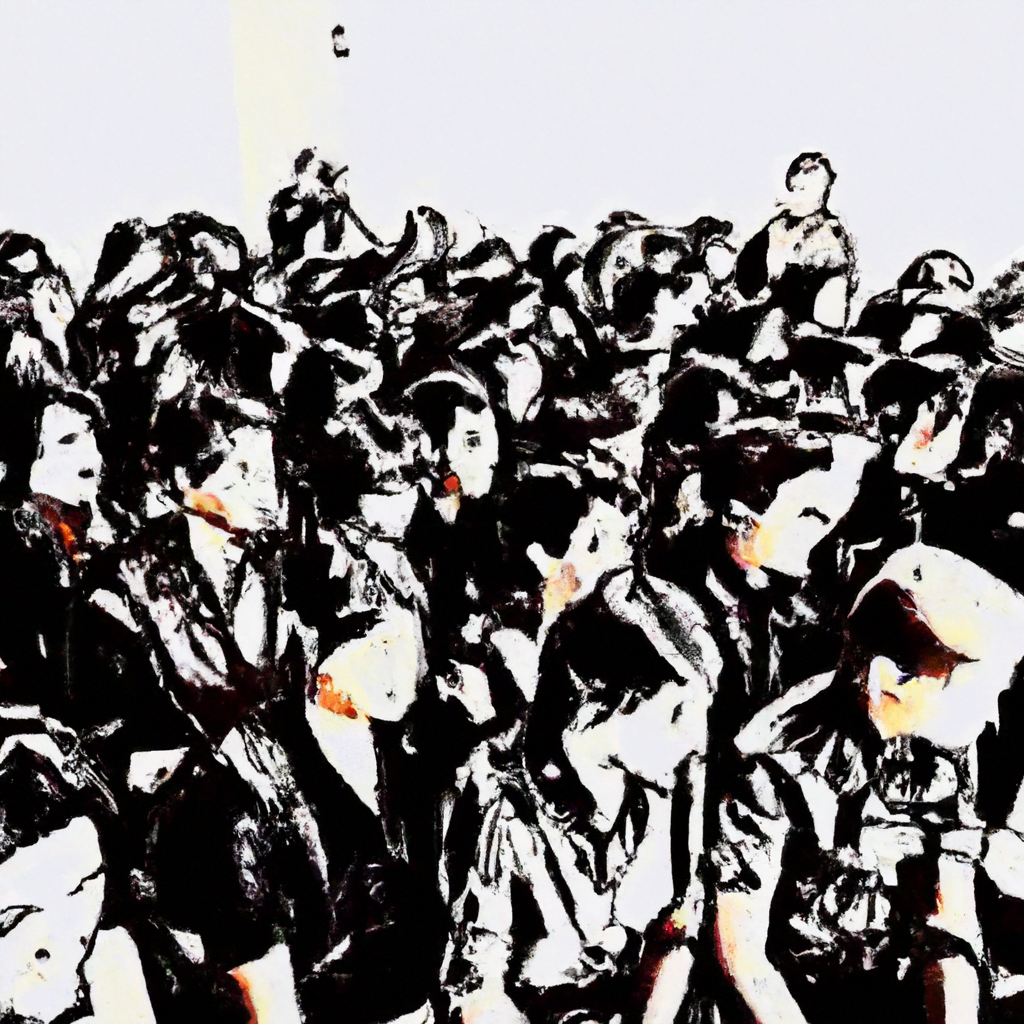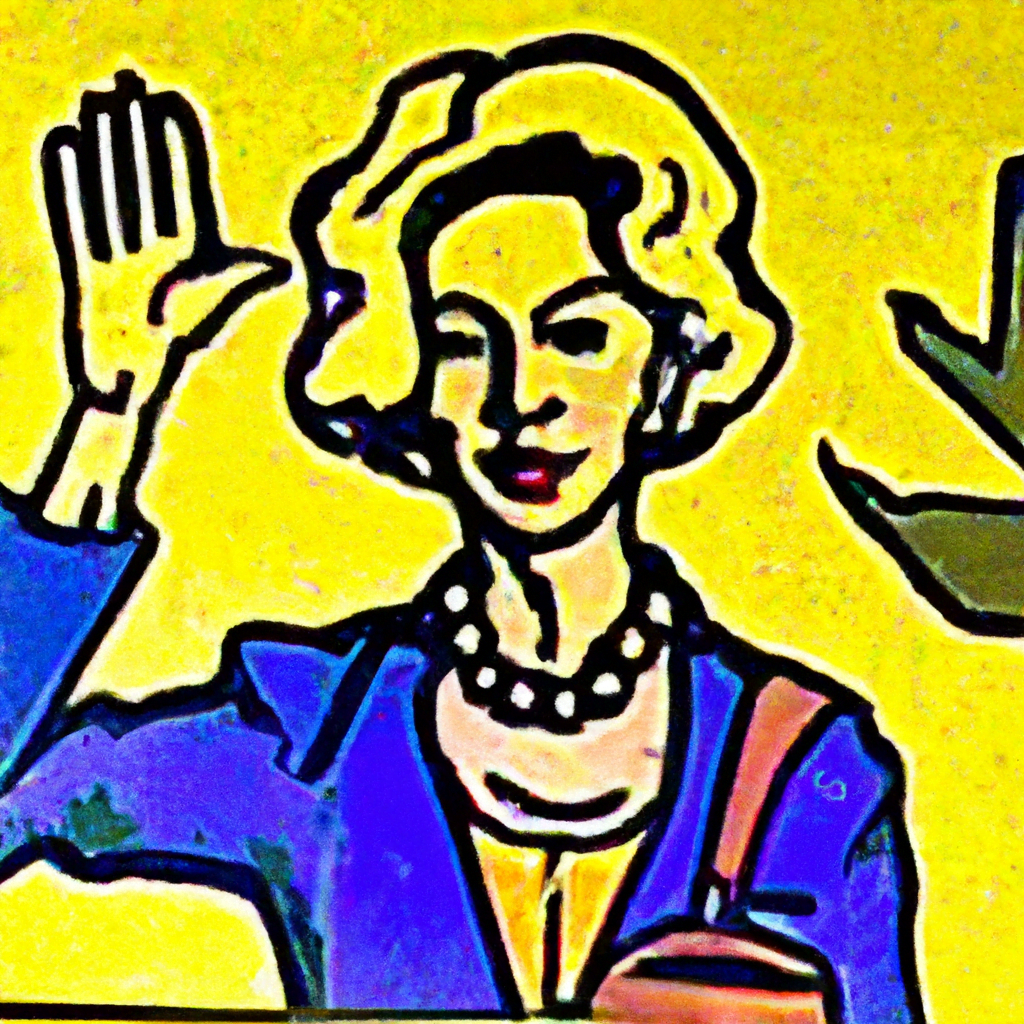
The Role of Illustration in Historical Documentaries

Historical documentaries have long been a popular medium for educating and entertaining audiences about the past. These films provide a window into history, allowing viewers to gain a deeper understanding of significant events and the people who shaped them. While archival footage, interviews, and narration are commonly used in historical documentaries, the role of illustration should not be overlooked. Illustration, whether in the form of animations, reenactments, or visualizations, plays a crucial role in enhancing the storytelling and educational aspects of these films. In this article, we will explore the importance of illustration in historical documentaries and examine how it contributes to the overall impact of these films.
1. Enhancing Visual Engagement
One of the primary benefits of using illustration in historical documentaries is its ability to enhance visual engagement. While archival footage and photographs can provide a glimpse into the past, they often lack the dynamic and immersive qualities that illustrations can offer. By using illustrations, filmmakers can recreate historical scenes, environments, and characters in a visually captivating way, bringing the past to life for viewers.
For example, in the documentary “The Civil War” by Ken Burns, illustrations were used to depict key moments and individuals from the American Civil War. These illustrations, created by artist Mort Künstler, helped to create a sense of authenticity and visual coherence throughout the film. They allowed viewers to visualize the events and people being discussed, making the documentary more engaging and memorable.
2. Filling in the Gaps
Historical documentaries often rely on limited archival footage and photographs, especially when covering events from earlier periods. In such cases, illustration can play a crucial role in filling in the gaps and providing a more complete picture of the past. By using illustrations, filmmakers can recreate scenes and events that may not have been captured on film or in photographs, allowing viewers to better understand the context and significance of historical events.
For instance, in the documentary “The War” by Ken Burns, illustrations were used to depict scenes from World War II that were not captured on film. These illustrations, combined with narration and interviews, helped to fill in the gaps and provide a more comprehensive understanding of the war. They allowed viewers to visualize the experiences of soldiers and civilians, making the documentary more informative and emotionally impactful.
3. Simplifying Complex Concepts
History can often be complex, with intricate political, social, and economic factors at play. Historical documentaries aim to make this complexity accessible to a wide audience, and illustration can be a powerful tool in achieving this goal. By using visual representations, filmmakers can simplify complex concepts and make them easier to understand and digest.
For example, in the documentary “The Story of India” by Michael Wood, illustrations were used to explain complex historical events and cultural practices. These illustrations helped to break down complex ideas into simpler visual representations, making it easier for viewers to grasp the key concepts being discussed. They provided a visual aid that enhanced the educational value of the documentary.
4. Evoking Emotional Responses
Illustration has the power to evoke emotional responses in viewers, making historical documentaries more impactful and memorable. By using illustrations to depict key moments and individuals, filmmakers can create a stronger emotional connection between the audience and the subject matter.
For instance, in the documentary “Waltz with Bashir” by Ari Folman, illustrations were used to depict the traumatic experiences of soldiers during the Lebanon War. These illustrations, combined with personal testimonies and interviews, created a powerful and emotionally charged narrative. They allowed viewers to empathize with the soldiers and understand the emotional toll of war.
5. Stimulating Imagination
Illustration in historical documentaries can also stimulate the imagination of viewers, allowing them to envision the past in a more vivid and personal way. By presenting historical events and characters through illustrations, filmmakers can encourage viewers to imagine themselves in those situations, fostering a deeper connection and understanding of the past.
For example, in the documentary “The Blue Planet” by BBC, illustrations were used to depict prehistoric marine life. These illustrations, combined with scientific explanations and narration, stimulated the imagination of viewers, allowing them to visualize the ancient oceans and the creatures that inhabited them. They brought the past to life in a way that traditional footage or photographs could not.
Conclusion
Illustration plays a vital role in historical documentaries, enhancing visual engagement, filling in the gaps, simplifying complex concepts, evoking emotional responses, and stimulating imagination. By using illustrations, filmmakers can create a more immersive and informative experience for viewers, allowing them to gain a deeper understanding and appreciation of the past. Whether through animations, reenactments, or visualizations, illustration adds a unique and valuable dimension to historical documentaries, making them more engaging, memorable, and impactful.
